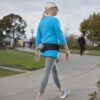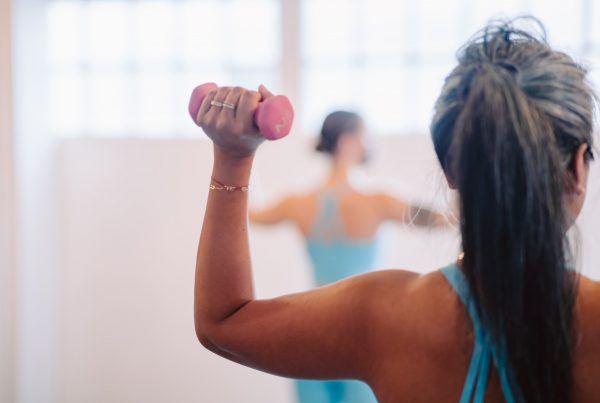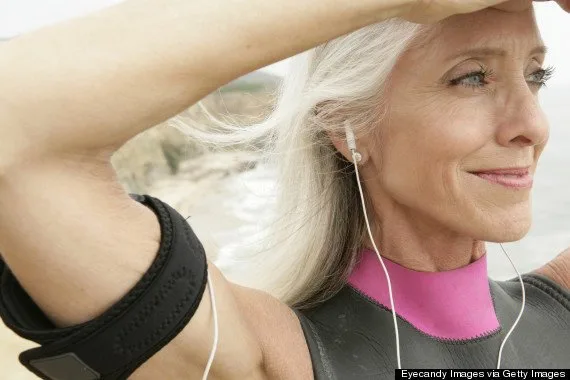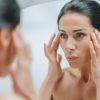Once the home of entertaining dance videos and challenges, TikTok has now transformed itself into a content powerhouse, quickly becoming one of the world’s most formidable mediums of influence. Products to try and products to buy abound, but if there’s one thing that gets TikTok and its users excited, it’s the pursuit of perfect skin. But is this realistic and most importantly healthy?
TikTok And Your Skin
TikTok’s obsession with skincare and the associated products it details and pushes comes to life via millions of influencers and users sharing their routines daily. Not only can this be overwhelming, it often leads to scores of misinformation too.
There’s a generalized belief that misleading information and incorrect claims only come at the hands of questionable TikTok skincare trends, like SPF contouring, glass skin or slugging, but this isn’t the case.
Bad intentions or lack of knowledge?
Misinformation is rife in much of the skincare content shared on the platform, as young people experimenting with skincare products position themselves as experts in the field.
When you consider the idea of misinformation, you often jump to the conclusion that this is done with malice. However, the truth is that sometimes misinformation is unintentionally communicated to users because of a lack of knowledge in this area, as well as the visual nature of video.
In order to ensure their videos are entertaining and look effective, influencers typically demonstrate the use of products incorrectly. When only a small amount of cream or cleanser is needed, you’ll tend to find content creators pumping bottles multiple times and rubbing huge amounts of product onto their faces. The reason for this is that tiny amounts of product simply don’t show up as well on camera, which is bad for the content.
Understanding the effect of the algorithm
Ultimately, the main objective of the video is to make it as visually attractive as possible and to grab the viewers’ attention. Accurate and well-considered advice or teachings are secondary to this.
Then there’s the case of TikTok’s algorithms. These have been created to curate feeds that reinforce the same information repeatedly.
So, even a more sceptical user may now start seeing an increasing amount of the same kind of content, which punts a certain skincare process or product. And thus the user may be more likely to believe it because it has come up so many times.
Something that TikTok has fostered in its users is an urge to learn, research and uncover new ways of doing things when it comes to skincare, and I do believe that is healthy. However, the unfortunate result that often comes out of this is not a wealth of knowledge but a long line of misinformation that must now be rectified and debunked.
Face up to the pushy product punting on TikTok
Beyond misinformation, TikTok and its skincare influencers are also fuelling overconsumption. With countless sponsored posts and product recommendations, users feel pressured to buy more than they need. All of this is good news for the influencers. Showcasing multiple products and getting those products sold typically means more sponsorships and higher engagement, which in turn empowers many of them to make a full-time income from their content.
From a skincare point of view, less has always been more and this hasn’t changed, I’m hearing young people tell me that they’ve never used so many skin products in their lives. That their skin simply isn’t as good or getting any better.
With entertaining visuals, an inviting personality and accessibility from the comfort of one’s phone, it’s easy to see why skincare influencers have such an impact on what and how much product users buy. But this doesn’t make it right!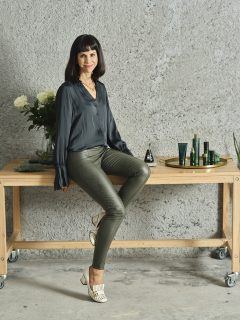
Understanding the motives of the influencer
While some TikTok influencers seek to provide valuable information on skincare, it’s still critical to bear in mind that most of them don’t have a medical background of any kind.
Even with the best intentions, they don’t know the consequences. That said, many skincare influencers aren’t as pure of heart as they seem, often prioritizing profit over integrity and only pushing products and fads that they know will go viral.
The bottom line
My advice is to look at information from multiple sources and don’t let all of these sources be housed on social media. Whether you’re able to cross-check information with a dermatologist or another reputable source, it’s critical that you do your homework first and stay clear of following viral trend after trend. In the end, healthy skin is about consistency and listening to your own skin and what works for its unique needs.
About the author
Dr. Lapiner is a regular contributor to LongevityLive.com. You can read Dr. Vanessa Lapiner’s full biography below, or click here for more details: Dr.Vanessa Lapiner


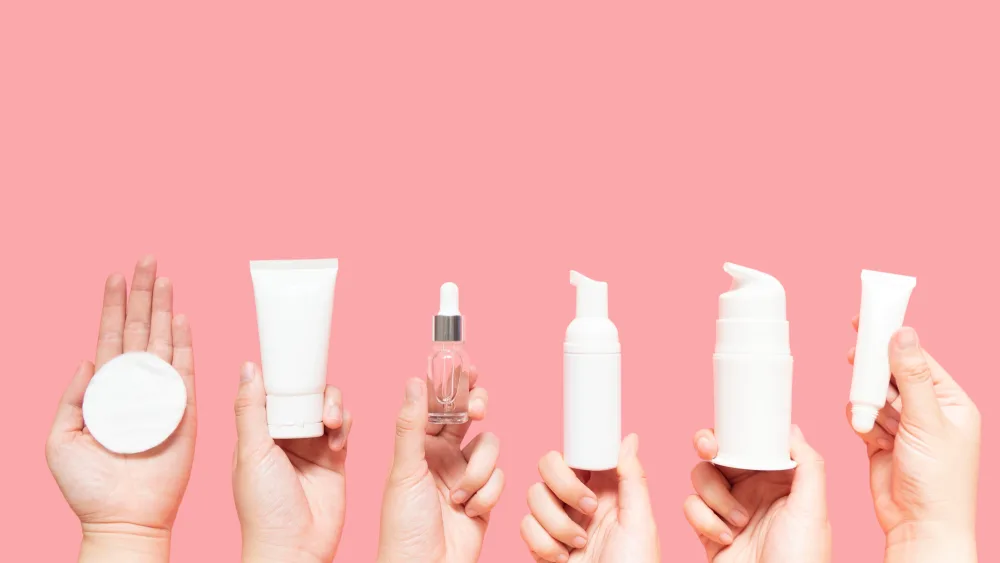
![women [longevity live]](https://longevitylive.com/wp-content/uploads/2020/01/photo-of-women-walking-down-the-street-1116984-100x100.jpg)


